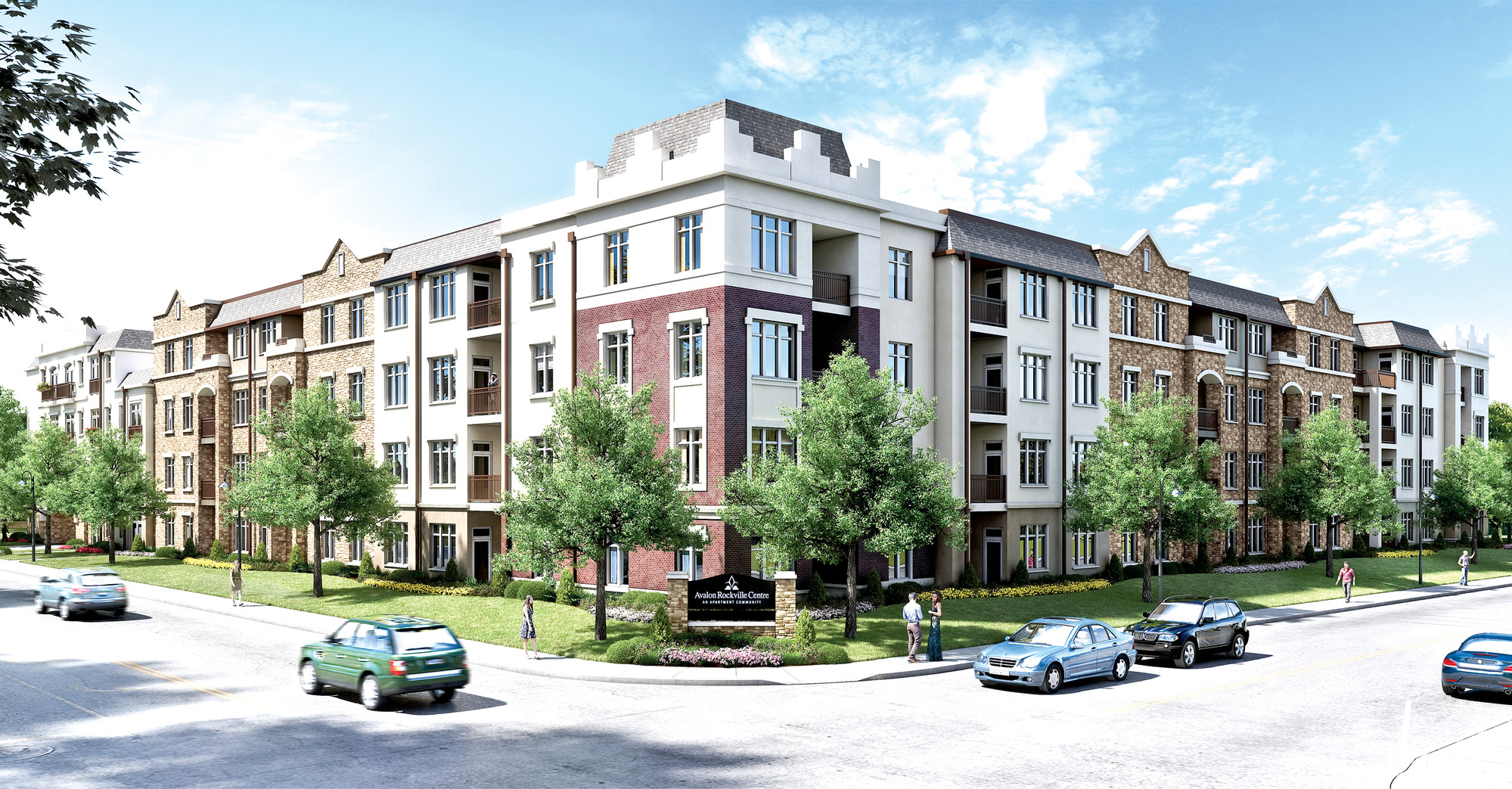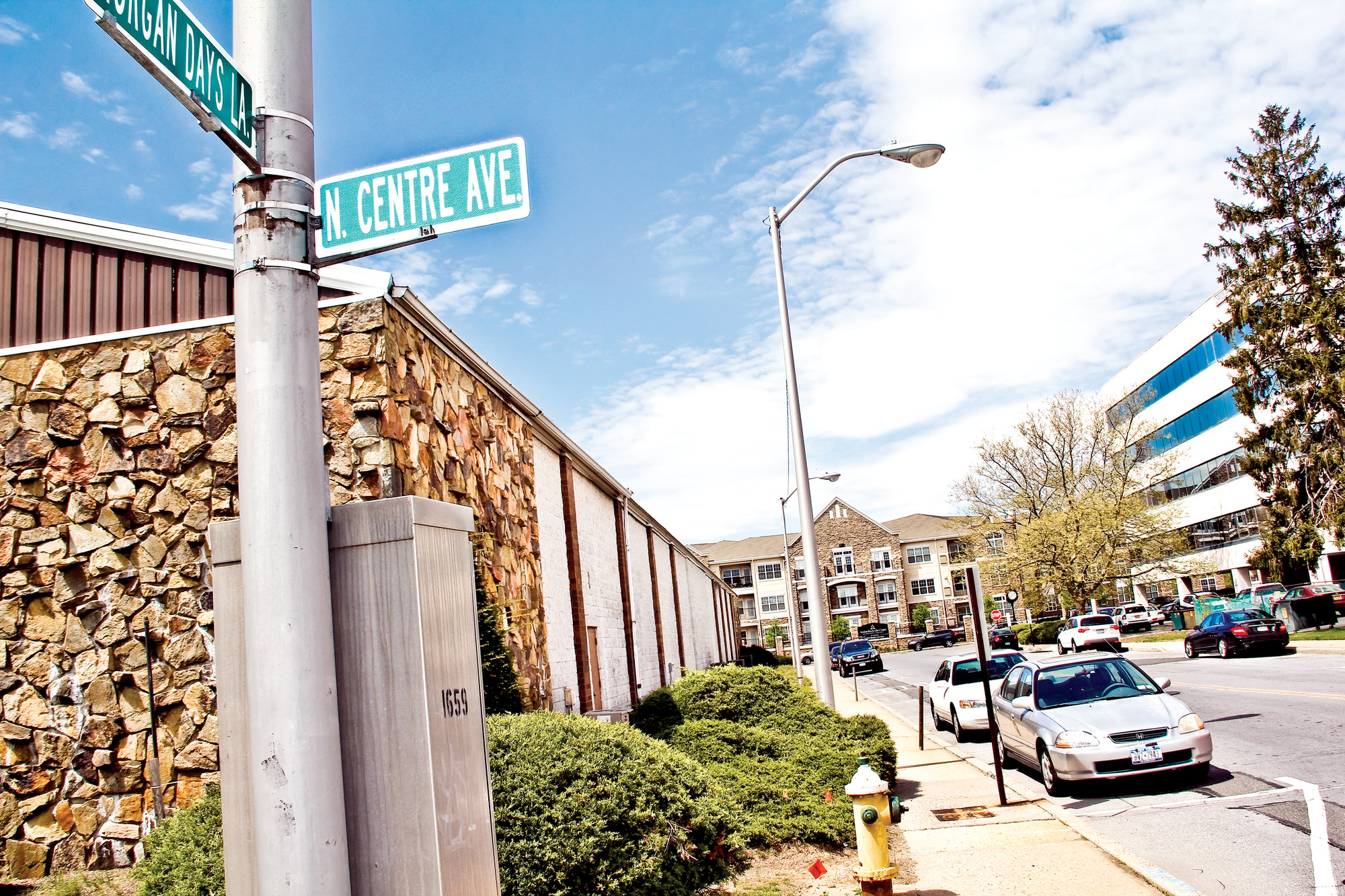AvalonBay gets the OK, minus 12
Second phase is approved, but BZA cuts number of units
AvalonBay’s Phase II building will be coming to Rockville Centre, but with a dozen fewer units than originally planned.
At its meeting on Jan. 7, the Board of Zoning Appeals approved the developer’s plan, but reduced the number of units per acre for the Phase II addition, at 80 N. Centre Ave., from 80.6 to 75, which would cut the overall number of units from 177 to 165. The votes to reduce the density and grant the permit — while approving a lot coverage variance that will allow the building to cover 72 percent of the property instead of the village’s normal limit of 40 percent — were both 4-1.
Salvatore Romanello was the dissenting vote both times. “Either we do something or we don’t,” said Romanello. “Or we just give it window dressing. I would have just liked to see impact.”
There were 18 people in the audience.
“We’re going to proceed with the site plan application and move forward from there,” said Chris Capece, the development director for AvalonBay, which accepted the ruling and, according to Capece, hopes to submit a site plan application to the village in the first half of February.
Michael Faltischek, an attorney for AvalonBay, began the meeting by answering questions the board asked at the last meeting, on Nov. 19. They included comparisons with the existing 349-unit AvalonBay Phase I, at 80-100 Banks Ave., which has a density of 49.5 units per acre.
“The supply of housing for young professionals is extremely low in the Long Island marketplace,” Faltischek said. “Avalon believes there is a strong need for quality studio and one-bedroom apartments. To that effect, AvalonBay Rockville Centre II is designed with 60 percent studio and small one-bedroom apartments.” He explained that although Phase II and the smaller of the two buildings at 80 Banks Ave. are similar in size, the apartments in Phase II are 20 percent smaller on average.
The board also asked what the density of Phase I would be if it did not have roads on the property, because the roads reduce the number of units per acre. The answer was 69 to 70 units per acre.

 44.0°,
Mostly Cloudy
44.0°,
Mostly Cloudy 







